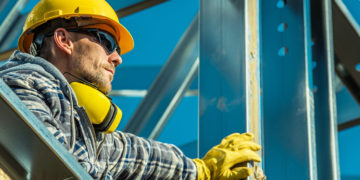Excessive speed a key factor in Amtrak train derailment

New York City residents who travel throughout the Northeast region have likely ridden or know someone who’s ridden aboard an Amtrak train. With a reported 2,200 commuter Amtrak trains traveling along the Northeast Corridor every day, annually millions of residents and visitors to Washington D.C., Philadelphia, New York City and Boston rely upon Amtrak for their transportation needs.
Tuesday’s horrific train derailment in Philadelphia shocked many New York City residents who can likely put themselves in the shoes of those passengers who were aboard Amtrak Train No. 188 when it derailed. Officials report that a total of seven individuals have died from injuries suffered in the derailment and more than 200 suffered injuries.
All seven train cars and the engine left the tracks when the train, which was carrying 238 passengers and five crew members, entered a sharp curve traveling in excess of 100 MPH. Officials from the National Transportation Safety Board report that the posted speed limit for the curve was 50 MPH and the train’s black box indicates that the train was traveling at 106 MPH shortly before the crash. The black box also shows that the train’s engineer, 32-year-old Brandon Bostian, applied the emergency brakes moments before the derailment slowing the train to 102 MPH when it left the tracks.
Chilling images of the train show at least one severely-mangled car and passenger stories relay that chaos and fear dominated as passengers and belongings were thrown about. Temple University Hospital reported that injuries suffered by those treated at its facility include broken bones, punctured lungs and head injuries.
Officials, including those at the NTSB, continue to search and investigate the derailment scene to discover additional evidence and clues that may be useful in helping piece together exactly what happened. In addition to engineer-error and excess speed, the condition of both the train and tracks must be considered.
As the derailment of Amtrak Train No. 188 proves, injuries suffered by those involved in train derailments and crashes are often significant. Also significant are the lasting physical and financial hardships that result from a hospital stay, surgery, time off of work and rehabilitation. For individuals who have been adversely impacted by this and other train accidents, it’s wise to keep detailed records and consult with an attorney.
Source: The New York Times, “Amtrak Train Derailed Going 106 M.P.H. on Sharp Curve; at Least 7 Killed,” Sheryl Gay Stolberg, Jad Mouawad and Emma G. Fitzsimmons, May 13, 2015
The Wall Street Journal, “Amtrak Crash: Train Hit Curve Going Over 100 MPH,” Ted Mann, Andrew Tangel and Kris Maher, May 14, 2015



